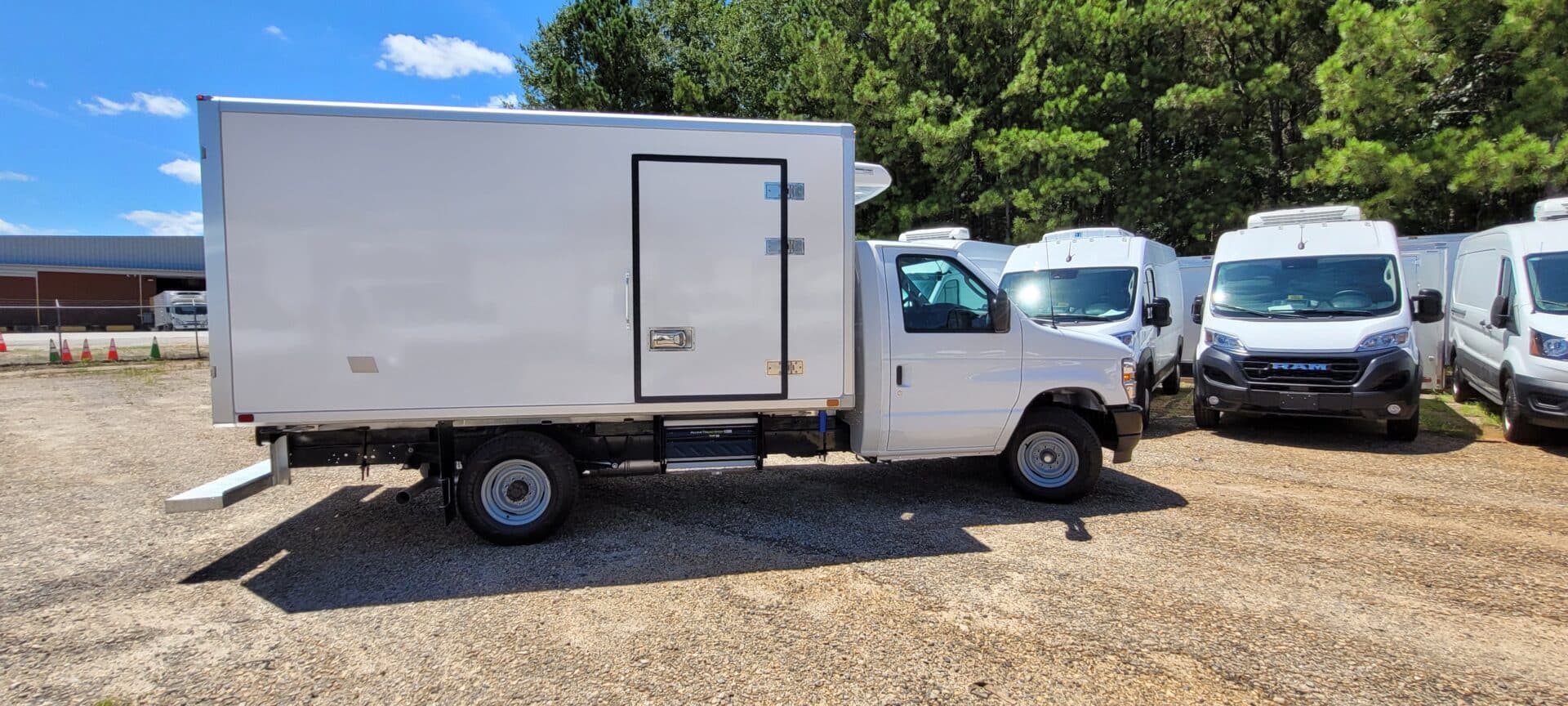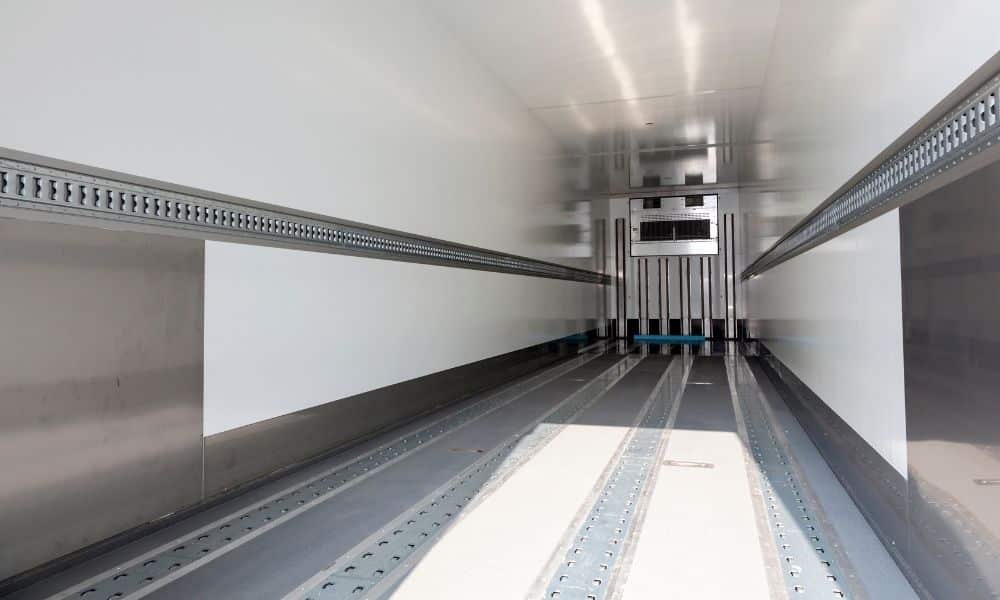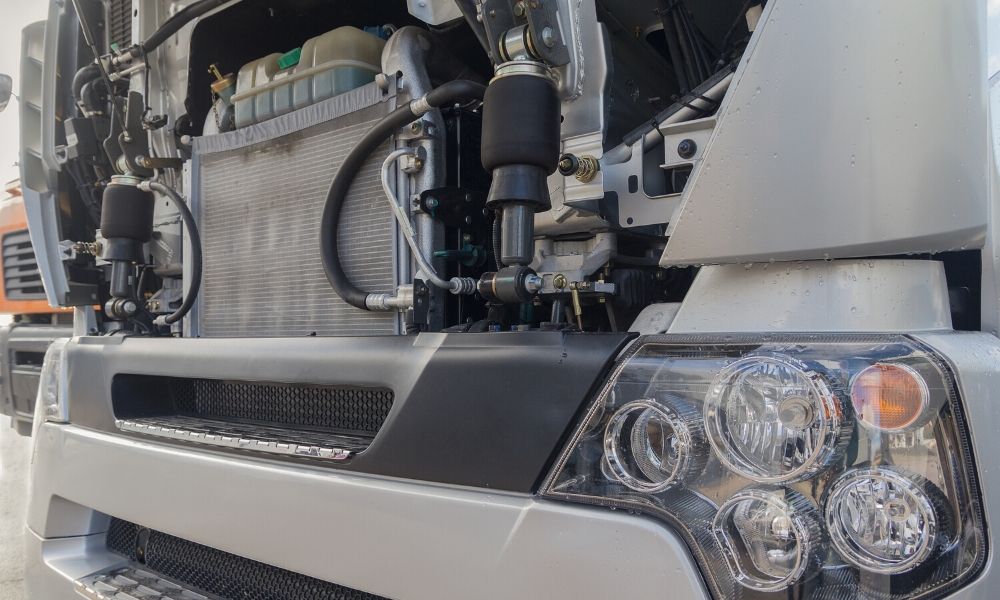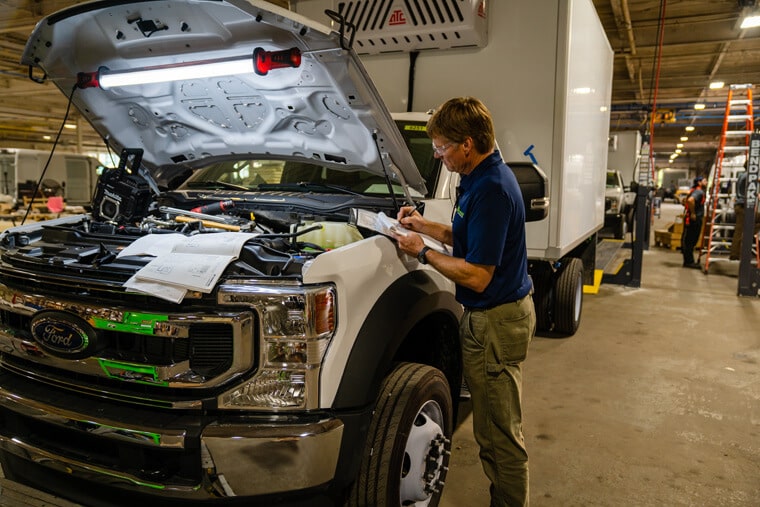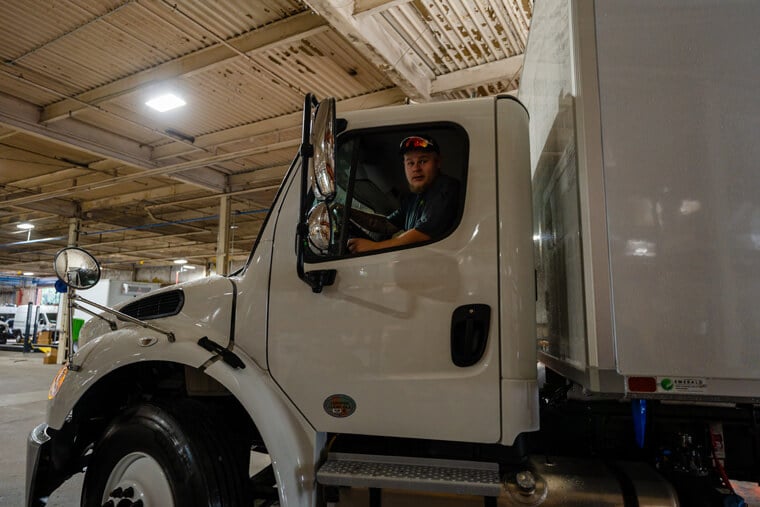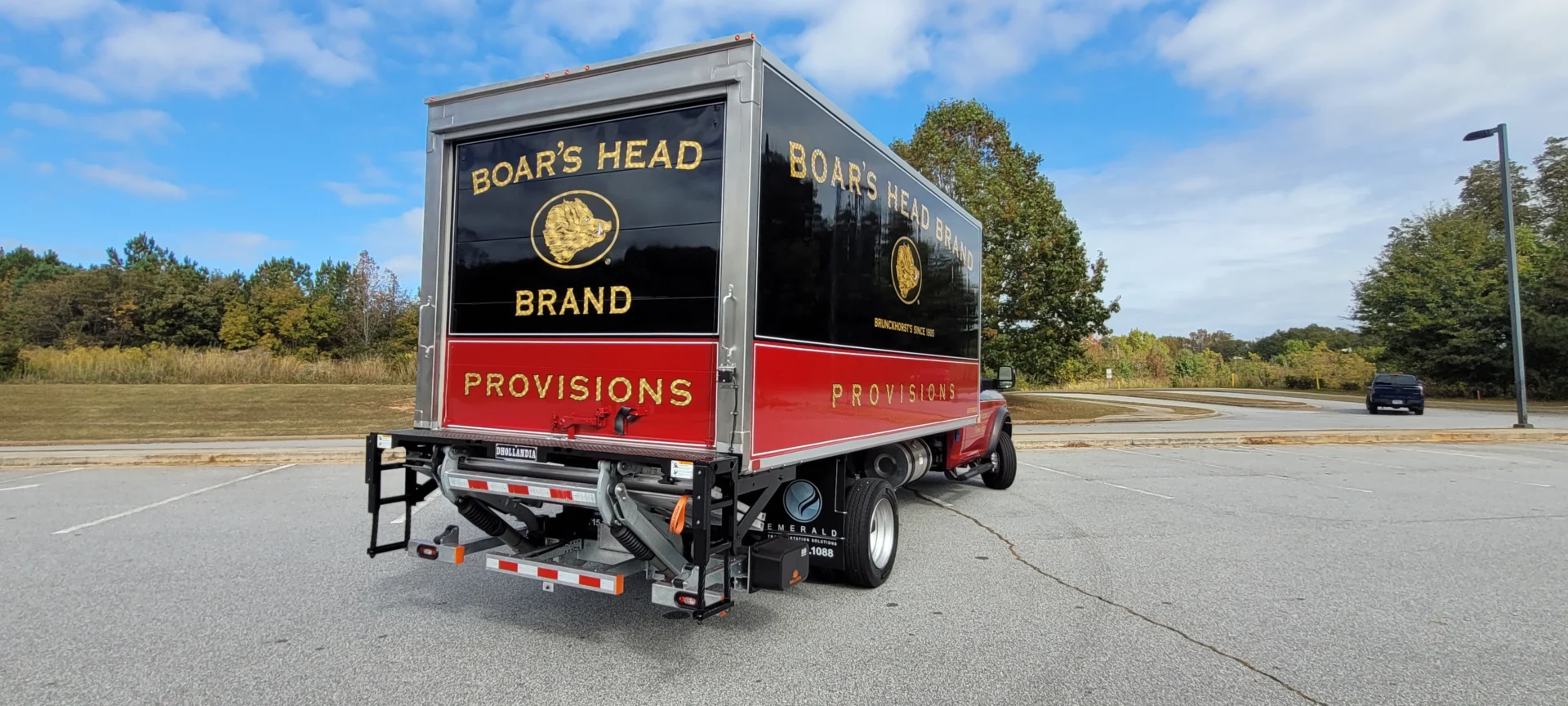
How to Choose the Right Refrigerated Vehicle for Foodservice Distribution
Joe McDermid | September 30th, 2025
If you’re in the foodservice distribution industry, you already know how important reliable transportation is for keeping your business running smoothly. When it comes to perishable goods, selecting the right refrigerated vehicle can make all the difference in terms of efficiency, product quality, and customer satisfaction. Use this guide as a checklist when you are ready to add reefer trucks or vans to your fleet.
Start With Your Delivery Needs
Before looking at vehicles, think about what you actually need. There are different types of vans and trucks you can select, and you even need to consider the difference between refrigerated vehicles and freezers. Use the following to guide your decision:
- What you’re transporting: Fresh produce, dairy, frozen goods? Different products need different temperatures.
- Your delivery routes: Are your deliveries mostly local, or do you cover long distances? Urban or rural?
- How much you carry: Make sure your vehicle can handle your typical load without being over- or undersized.
Knowing these details upfront makes it easier to choose a vehicle that fits your operation perfectly.
Pick Vehicles That Fit Your Fleet
There are a variety of options available on the market that you can consider, depending on your needs:
- Compact Vans: Perfect for tight city streets and smaller deliveries.
- Full-Size Vans: Great for bigger orders or longer routes.
- Mid and High Roof Vans: Extra space for easier loading and unloading.
- Refrigerated Catering Vans: Designed for on-site food prep and delivery.
- VanMax™ : A versatile option that sits between a van and a truck, which is ideal if your delivery needs vary.
- All-Electric and Hybrid Vehicles: Keep your fleet sustainable and reduce fuel costs.
Think About Temperature Control
Temperature is everything when it comes to food safety.
- Single-Temperature Units: Keep everything at the same, consistent temperature.
- Multi-Temperature Units: Transport different types of products at once, without compromise.
- Diesel-Powered Refrigeration: Maintain temperature even when the engine is off. This is great for routes that include frequent stops.
Look for Features That Make Life Easier
The right features can save time, energy, and headaches.
- Doors and Liftgates: Side doors and liftgates make loading faster and easier.
- Insulation: High-quality insulation helps keep your cargo at the right temperature while saving energy.
- Driver Comfort and Safety: Comfortable, ergonomic cabins mean happier drivers and fewer accidents.
Stay on Top of Maintenance and Compliance
Even the best vehicles need care. Make sure to:
- Schedule Ongoing Maintenance: Regular check-ups keep your fleet running smoothly and prevent downtime.
- Track Evolving Regulations: Make sure your vehicles meet all local and federal food safety, emissions, and safety standards.
Explore Financing Options
Emerald offers flexible financing and leasing options, so whether you want to buy outright or lease, there’s a solution that fits your budget and operations.
Choosing the right refrigerated vehicle isn’t just about the truck or van itself. It’s about protecting your products, making deliveries efficient, and keeping your customers happy. By thinking through your needs and exploring your options, you can build a fleet that supports your foodservice distribution business now and into the future. For additional factors to consider, check out our comprehensive guide here.
Ready to purchase a vehicle now? Explore our inventory of refrigerated vehicles or reach out for a personalized consultation to find the best vehicle to fit your needs.
Related Articles
Contact Us
Feel Free To Contact Us If You Have Any Questions
What does under DOT mean?
Questions regarding DOT requirements come up often. 10,000 lbs GVW (gross vehicle weight) and over are commercial vehicles that fall under the Department of Transportation regulatory requirements.
What is the difference between GVW and payload?
GVW or Gross Vehicle Weight is the entire weight of the vehicle including the payload. The payload weight represents the amount of cargo you are hauling.
What is a self-powered unit and a vehicle-powered unit?
A self-powered unit has its own fuel source and will run independent of the truck. This is the heaviest and most expensive option. While vehicle-powered units run off the engine via a compressor mounted on the engine. These are less expensive and lighter in weight but you must run the truck or plug the electric standby into shore power.
What does K-factor mean and why is that important?
K-factor is a term that stands for the overall insulating value of the container (truck body). Quite simply the lower the K-factor the better the truck body will be able to maintain a given temperature and require less energy to do so.
How much lighter is a Poly Van vs a US spec body?
Poly Van bodies are very light. On average we estimate we are 75-150 lbs per foot lighter than a traditional sheet and post foamed in place body. These weight savings translates to less fuel burn and less CO2 emissions, along with added payload, the most important benefit.
